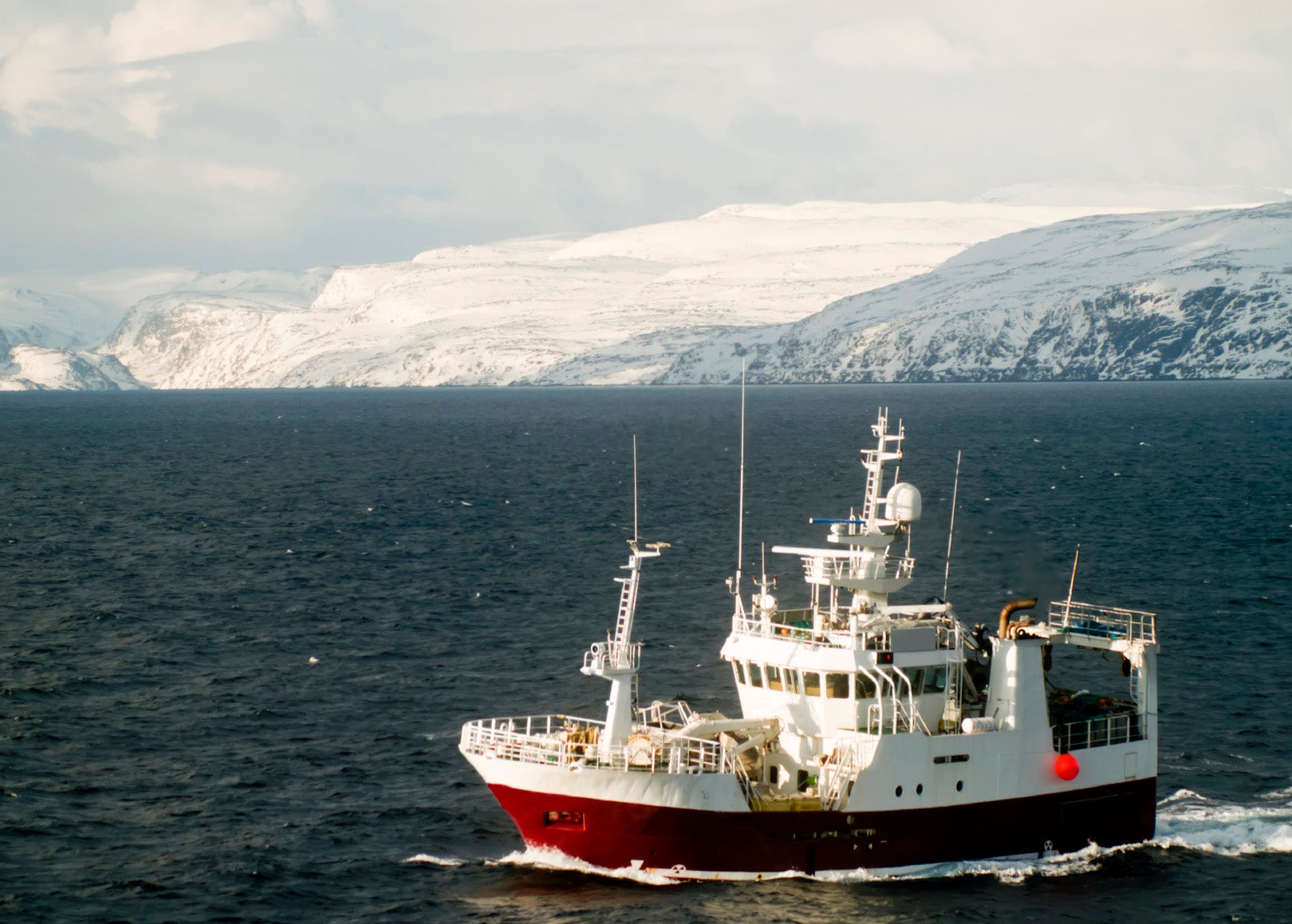New Arctic Fishing Ban Will Help Keep Cold-Adapted Species Out of Hot Water
Negotiations are under way to prohibit commercial fishing in Arctic international waters.

This page was published 10 years ago. Find the latest on Earthjustice’s work.
The ocean is warming, and some fish are heading north in an effort to seek out cooler climes. Combine this phenomenon with increased Arctic access due to melting sea ice, which would allow fishing vessels to follow the migration of these aquatic organisms, and you’ve got yourself a dangerous situation. Last week, the United States, Canada, Norway, Denmark and Russia pledged to head off this environmental catastrophe by prohibiting commercial fishing in Arctic international waters—at least until more research evaluates the effect of sea warming on fish populations.
Temperatures on the ocean surface are higher than they’ve been in 135 years, according to a report released by the National Oceanic and Atmospheric Administration and the American Meteorological Society. And not only are oceans warmer than ever, but carbon pollution is also acidifying Arctic waters. Colder water holds more CO2, and more CO2 means more acidification. This is bad news for shelled creatures that make up the bottom of the Arctic’s rich food web. Scientists project that increasing areas of the Arctic are becoming corrosive to their shells. As a result, Arctic ecosystems are increasingly unstable and in need of protection from industrial scale fishing operations.
Those five Arctic-bordering nations had the right idea when they met in Oslo last week. Building the resilience of fragile ocean ecosystems like the Arctic is essential to preserving marine biodiversity. The U.S. led the charge on this in 2009, when the Obama administration approved an Arctic fishery management plan that protected 150,000 square nautical miles—an area larger than California—from commercial fishing. Norway has also prohibited its trawlers from venturing into international waters.
During the Oslo talks, Norway’s foreign minister pointed out the “particular responsibility” of Arctic coastal states to regulate fishing in a warming Arctic. The recent moratorium is a good step in assuming this responsibility. It applies to international waters beyond the 200-mile exclusive economic zones of the five nations, an area larger than Alaska and Texas combined. However, the agreement was merely an interim one and therefore does not ensure long-term protection. A next step would include buy-in from the remaining Arctic Council nations: Finland, Iceland and Sweden. It would also include agreement from countries that might soon follow fish into Arctic waters – Spain and China, for example.
On August 31st, President Obama will attend a meeting with high level Arctic ministers in Anchorage, Alaska. This will be a critical opportunity to discuss expanding the agreed moratorium to nations with distant water fishing fleets, especially because foreign ministers from almost 30 countries—including Arctic Council observer states like China, India, Japan and the EU—will attend.